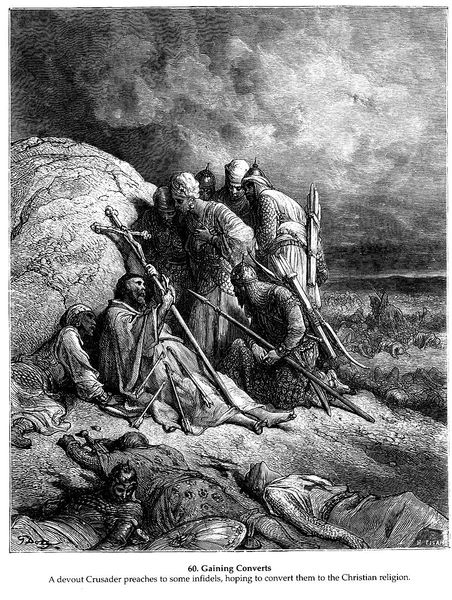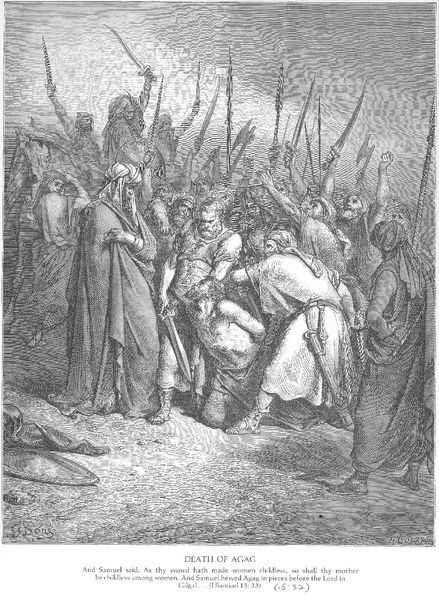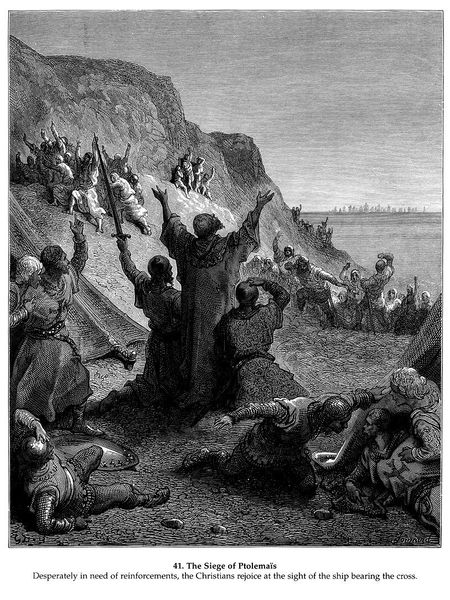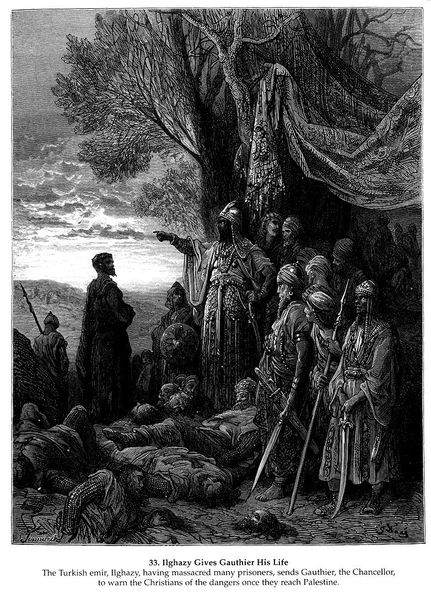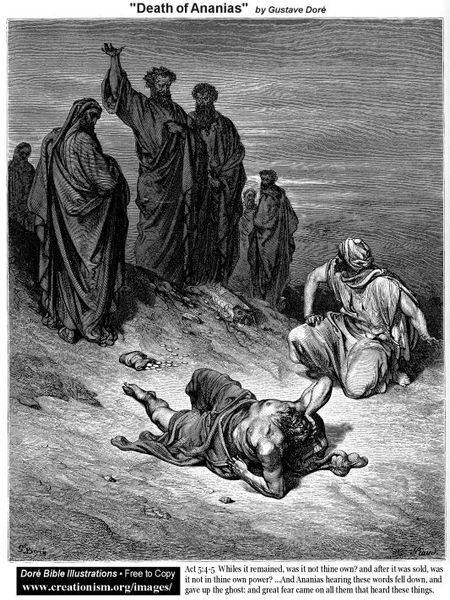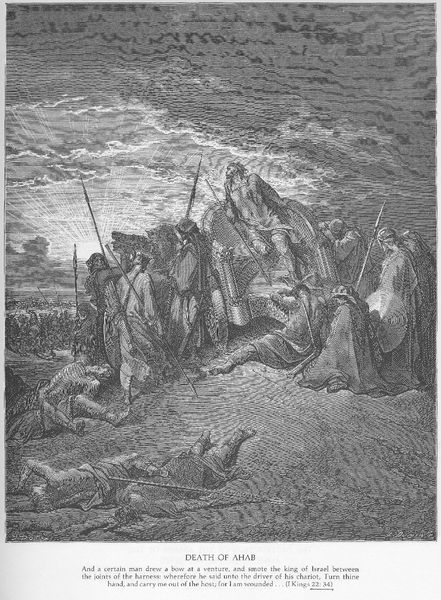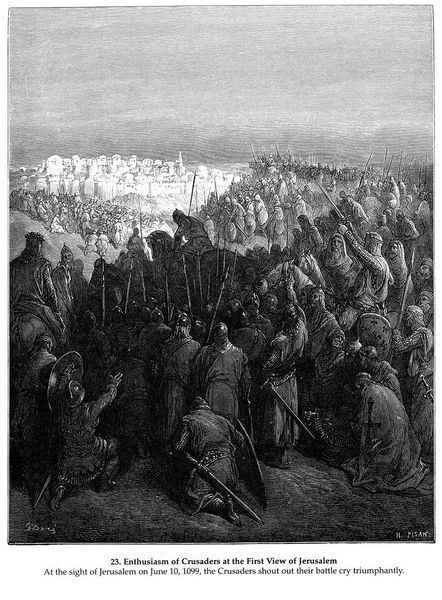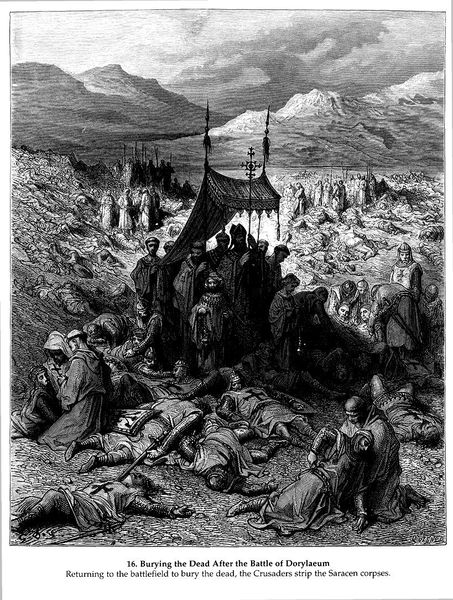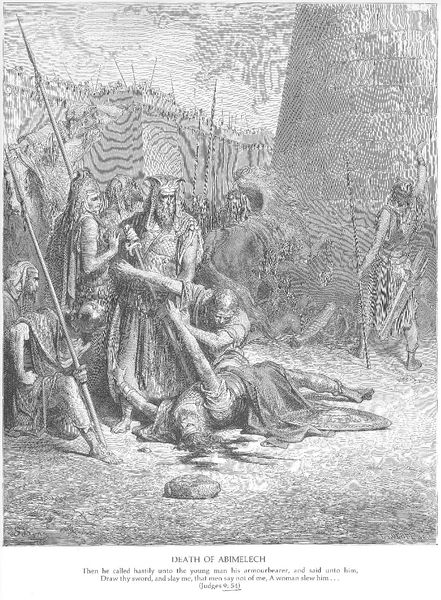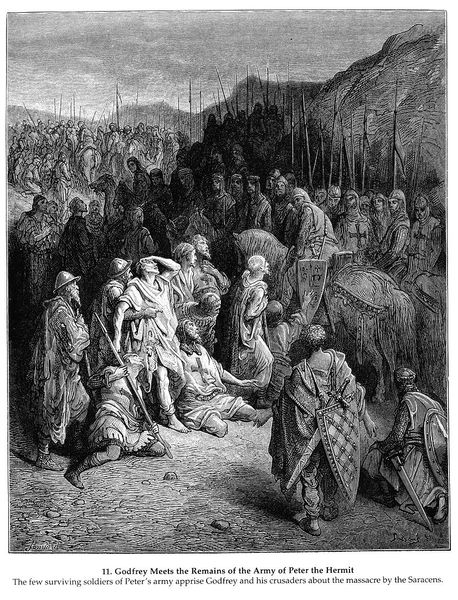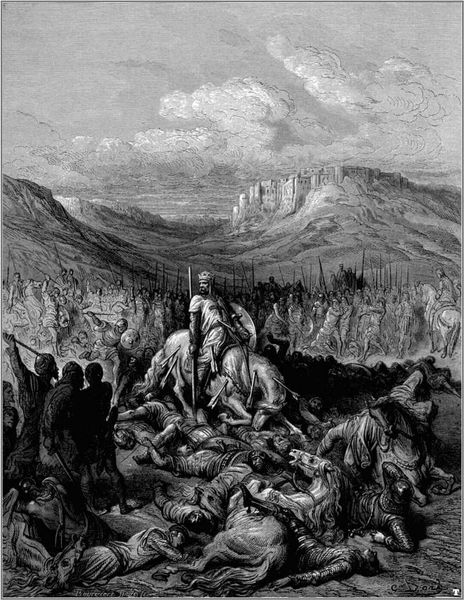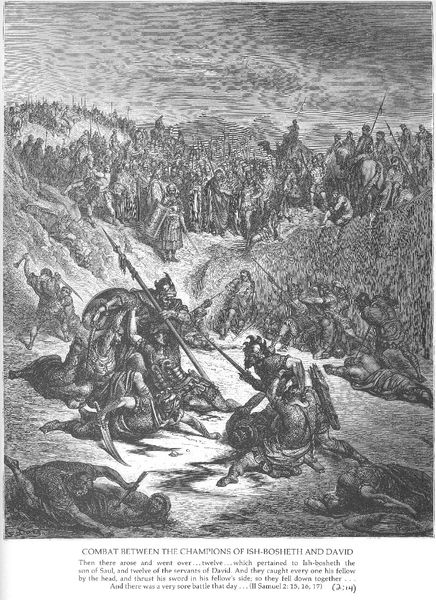
drawing, photography, ink
#
drawing
#
medieval
#
narrative-art
#
war
#
charcoal drawing
#
photography
#
ink
#
history-painting
#
charcoal
Copyright: Public domain
Gustave Doré's "Confession" presents us with the grim aftermath of battle, rendered with the dramatic flair that characterized his work during the mid-19th century. Doré, working in a France marked by social upheaval, was deeply influenced by Romanticism. Here, he visualizes the emotional and spiritual weight of war. We see a landscape littered with fallen soldiers, their armor glinting faintly amidst the carnage. The somber mood is heightened by the presence of religious figures who offer solace to a dying soldier. This confession scene is complex. Is it about genuine repentance, or the ritualistic absolution of men caught in violent conflict? Consider how Doré uses light and shadow, placing the clergy in a brighter space, while the fallen are cast into darkness. It's a commentary, perhaps, on the church's role in legitimizing warfare, or a reflection on individual redemption amidst collective violence. The scene invites us to meditate on the relationship between faith, violence, and the human condition. It leaves us questioning the cost of conflict, both on the body and the soul.
Comments
No comments
Be the first to comment and join the conversation on the ultimate creative platform.
